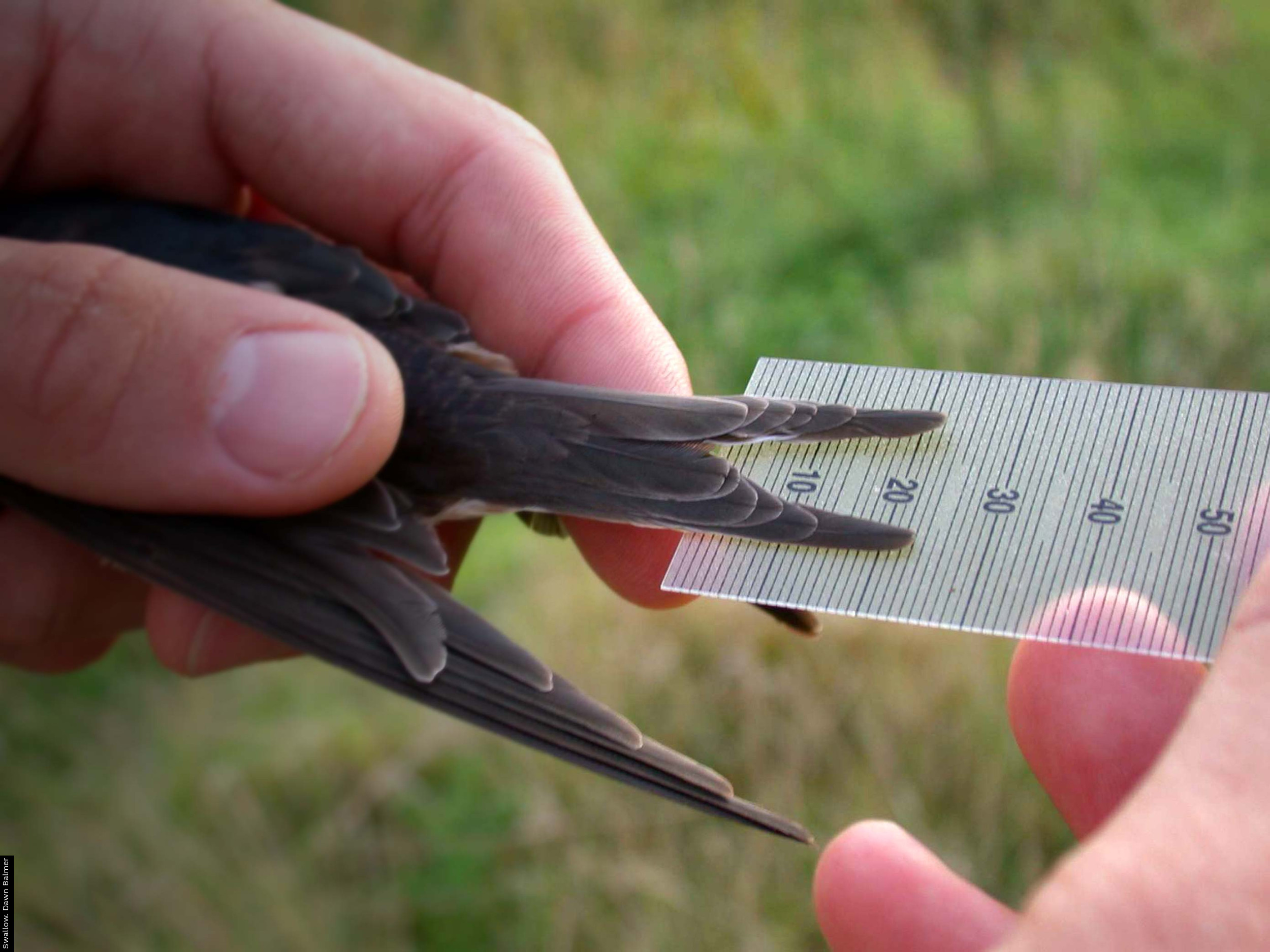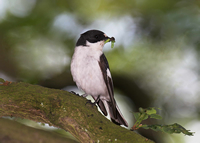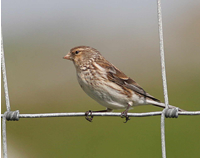About RAS
Why do we need RAS?
Long-term monitoring of bird populations is needed in order to conserve them effectively. This tells us whether numbers are stable, decreasing or increasing. If there is a change in numbers, particularly a decrease, we need to know why. Conservation action can then be targeted appropriately.
The key things that we need to monitor are numbers (abundance), the number of births (breeding success or productivity) and the number of deaths, usually recorded as the number that do not die (survival).
Once we have this information, we can calculate expected changes in numbers and look for the stage of the life cycle which is most affected by environmental change. We can then find, or at least narrow down, the possible causes of a decline.
This is the philosophy behind the BTO Integrated Population Monitoring (IPM) programme. Several BTO schemes give us information on changes in bird numbers, including the Constant Effort Sites (CES) ringing scheme.
Most of our information on breeding success comes from the Nest Record Scheme and from CES ringing. CES also gives us information on adult survival (through retraps) for the 24 species that are caught in sufficient numbers.
We can calculate the survival rates of both immature and adult birds from recoveries of dead ringed birds (from general ringing), but only if the numbers ringed and the recovery rates are high enough.
RAS aims to provide information on adult survival for a range of species in a variety of habitats, particularly those of conservation concern and those not well monitored by other current BTO ringing.
Like CES, RAS uses captures (or resightings of colour-marked individuals) of adult birds to calculate what proportion survive each year. Recaptures generally give a much higher quality of information on adult survival than recoveries of dead birds.
What is a RAS study?
A ringer, or preferably a group of ringers, choose a study species and a study area. They aim to catch all of the adults (or adults of one sex) of their chosen species in the study area each year. This should be a minimum of 40-50 adult birds, which include 30 retraps or resightings from previous years.
The ringers try to avoid big changes in effort between years and should keep a record of their catching effort (number of visits made and number of hours spent catching or resighting). This will mean that survival can be calculated more precisely from the information collected.
Species targeted under RAS need to show a high level of breeding-site fidelity from year to year, otherwise birds that die cannot be separated from those that move away from the study area. Each RAS study must run for a minimum of five years, but preferably much longer, so that high-quality survival rates can be calculated and any changes monitored.
RAS ringers are familiar with the behaviour and sensitivities of their study species. As with all ringing, the welfare of the birds is paramount. Ideally both sexes are caught. But for some species, one sex may be much easier to catch than the other, so single-sex studies are allowed.
If a species is difficult to catch, colour-ringing and resighting can be used, but ringers must then put the appropriate amount of time into resighting the birds or recruit observers to help them.
Ringing will usually take place during the breeding season. However, difficult to catch and sensitive species may be caught outside the breeding season, colour-ringed, and then resighted during the breeding season.
Target species
So far, we have accepted RAS studies on all species that ringers have wanted to attempt. Some, however, have proved more challenging than others. So Pied Flycatcher (22 studies) and Sand Martin (15 studies) have been particularly popular, while species like Yellowhammer and Tree Pipit have proved very difficult to catch in sufficient numbers.
To make RAS as effective as possible, it is best concentrating efforts on a core set of species, with data available from multiple sites so that we can produce good estimates for each species. Initially, these species will be (with number of studies currently in brackets):
- Seabirds: Eider (4), Manx Shearwater (1), Kittiwake (2), Common and Arctic Terns (0)
- Waders: Ringed Plover (1), Common Sandpiper (2) and Oystercatcher (0)
- Hirundines: Sand Martin (16), House Martin (4), Swallow (7)
- Open-ground nesters: Whinchat (1), Stonechat (1), Wheatear (2)
- Finches & sparrows: House Sparrow (7), Tree Sparrow (0), Chaffinch (3), Linnet (0)
- Hole-nesters: Starling (1), Pied Flycatcher (17), Dipper (3)
- Other species: Ring Ouzel (0).
We would also like to encourage studies on Redshank, Swift, Wood Warbler and Twite, which are of particular conservation interest, but for which it may be difficult to find a sufficient number of sites.
Ideally, we would like at least a small number of sites (about five) for each species, though more would be great, to enable us to monitor survival over a representative part of the species range.
Studies on other species will still be welcome, particularly where they complement CES, such as Reed Warbler in Scotland or Wales. However, such studies will be expected to generate particularly high-quality data, or to have been running for some time, to qualify for inclusion in RAS.
Over half of all projects registered are of species of conservation concern. Information on the survival of many of these species is currently very poor. The RAS Project will have huge benefits for conservation by providing high-quality information on adult survival for species of immediate and future conservation concern.












Share this page